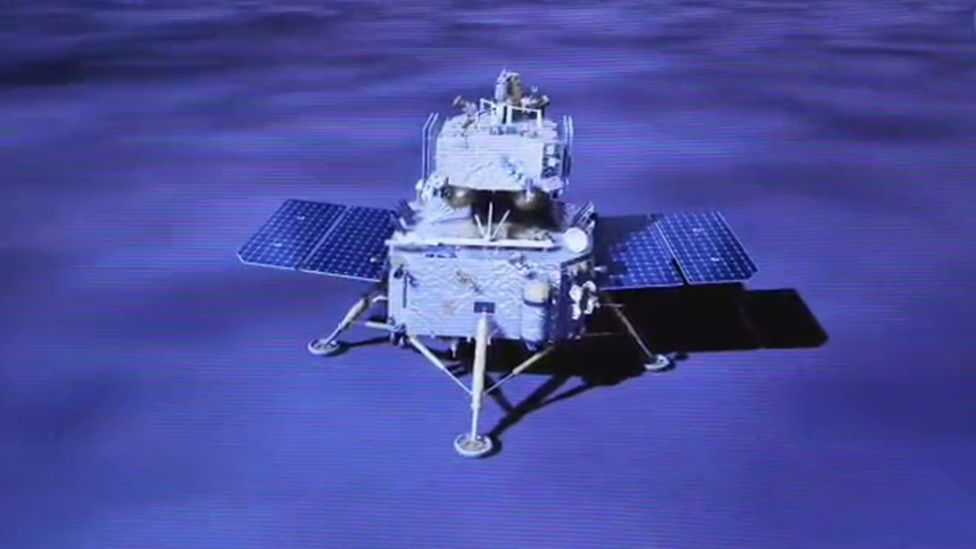
Today, China’s Chang’e 6 spacecraft successfully launched from the lunar surface, carrying the first samples collected from the Moon’s far side. The Chang’e 6 spacecraft, represented the world’s first attempt to bring samples from the lunar far side back to Earth
At 7:38 AM Beijing time, Chang’e 6’s ascender lifted off from the lunar surface, which faces away from Earth. It had been around two days since the spacecraft had touched down at the South Pole–Aitken Basin. Its lander was equipped with cameras, a mineral spectrometer for examining geologic samples, and a soil structure detector. Samples were taken by the probe using its robotic arm and drilling instruments. Additionally, Chang’e 6 carried payloads for “scientific exploration” from France, Italy, and the European Space Agency.
According to Reuters, governments wish to know if they can establish bases on the Moon using lunar materials to support long-term operations. It is anticipated that the samples gathered will also aid in understanding how the Moon and Solar System evolved approximately 4.5 billion years ago and how the Moon’s far side varies from the side visible from Earth.

The far side of the Moon has more craters and is far more difficult to reach. Additionally, the Moon itself obstructs radio transmissions to the far side, making sample collection there more challenging. In 2019, China’s Chang’e 4 made history by becoming the first spacecraft to arrive on the Moon’s far side. The year before, it deployed a lunar satellite to help with communication between Earth and rovers on the Moon’s far side.
Scientists are now able to make decisions about sampling from Earth because of data shared back to them by the second lunar satellite, Queqiao-2, which launched earlier this year. Additionally, that satellite was essential to today’s ascender launch of the Chang’e 6. It is devoid of ground control assistance and a stationary launch tower. Rather, Chang’e 6 autonomously positioned itself before launch by using its lander as a makeshift tower and its sensors in conjunction with the Queqiao-2 satellite.
After meeting up with another spacecraft in lunar orbit, the Chang’e 6 ascender is intended to wait for the ideal moment to return to Earth at a landing site in Inner Mongolia.
This news comes a few days right after China declared its plans to intensify its efforts to establish the largest-ever semiconductor state investment fund as part of its strategy to dominate future sophisticated technologies.
Discover more from TechBooky
Subscribe to get the latest posts sent to your email.













